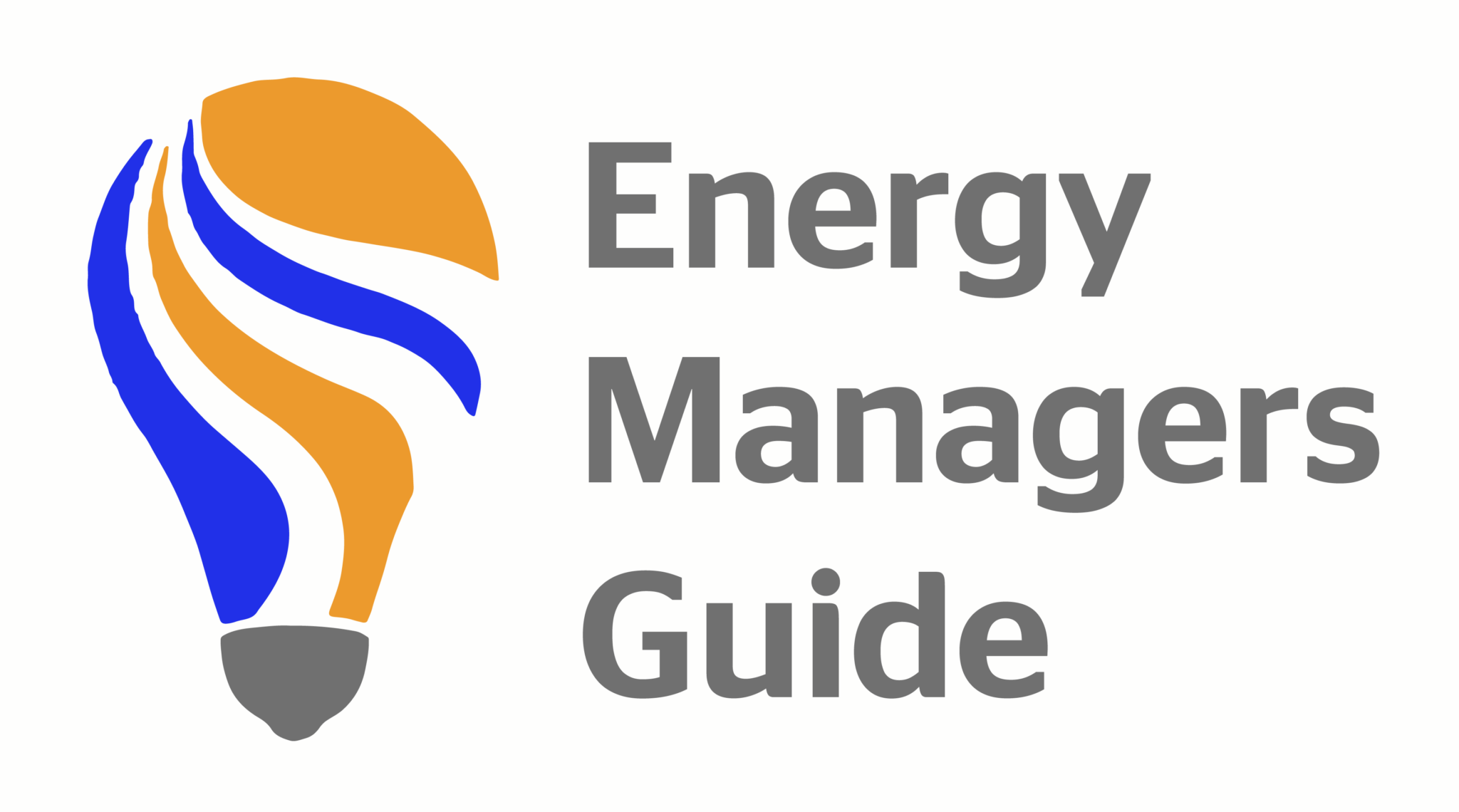In today’s environmentally conscious world, energy efficiency is more than just a buzzword – it’s a necessity, with both individuals and businesses across the UK focusing on optimising their energy use in response.
This is where benchmarking and reducing energy consumption come in: actions which not only benefit the planet, but also offer substantial financial savings. In the below article, we explore the process of benchmarking your energy usage and implementing effective strategies to reduce it.
Step 1: Understanding Energy Benchmarking
Energy benchmarking is the process of measuring a building’s current energy usage, and comparing the latter with past performances or similar buildings.
Poor performance indicates opportunities for improvement, while good performance suggests that operational efficiencies are already in place.
Useful Tools and Resources
- Energy Performance Certificates (EPCs): In the UK, EPCs are required for properties that are bought, sold, or rented, providing a measure of the building’s overall energy efficiency.
- Smart Meters and Energy Management Systems (EMS): These technologies provide real-time data about energy consumption, enabling continuous monitoring and adjustments.
Step 2: Conducting an Energy Audit
An energy audit involves a detailed inspection, survey, and analysis of energy flows within a building to understand energy dynamics. This analysis pinpoints where energy wastage occurs and what measures can address this inefficiency.
How to Conduct an Energy Audit
- Visual Inspection: Examine the building’s physical condition and check for draughts, outdated HVAC systems, poor insulation, and other inefficiencies.
- Use of Technology: Use infrared cameras, blower door tests, and other technologies to find hidden issues that are not apparent to the naked eye.
- Review Utility Bills: Analyse past utility bills to identify trends, seasonal variations, and areas of high energy use.
Step 3: Implementing Energy Efficiency Measures
Once you have identified the areas of high energy use and inefficiency, you can go ahead and begin implementing measures to reduce consumption. Below are a few effective strategies you should consider:
Upgrade Your Lighting
A good move here would be to transition to LED lights, as these consume at least 75% less energy than traditional incandescent bulbs.
HVAC Optimisation
Regular maintenance, upgrading to energy-efficient models, and installing programmable thermostats can significantly reduce energy usage.
Insulation and Sealing
Enhance the building envelope by adding insulation and sealing gaps to minimise heating and cooling needs.
Employee Engagement
Educate and involve employees in energy-saving practices; simple actions like switching off unused appliances and properly setting thermostats can lead to significant savings.
Step 4: Monitoring and Continuous Improvement
It’s best to think of reducing energy consumption as an ongoing journey, rather than a single initiative.
In order to continuously monitor your energy usage, you’ll need to make sure that you have all the available tools at your disposal, and adjust your strategies accordingly to maintain efficiency.
Moreover, you’ll need to conduct annual energy audits to help track your progress and reveal new opportunities for savings.
Savvy business owners also strive to remain informed about the latest technologies and energy-saving practices as they emerge. Additionally, implementing feedback systems that gather insights from building users can help identify areas of discomfort or inefficiency, allowing for targeted enhancements.
Sustaining Progress for a Greener Tomorrow
Benchmarking and reducing energy consumption play a key role in achieving economic and environmental sustainability.
By understanding your current energy use, conducting thorough audits, implementing effective measures, and engaging in continuous improvement, you can significantly reduce energy consumption and contribute to a healthier planet.







